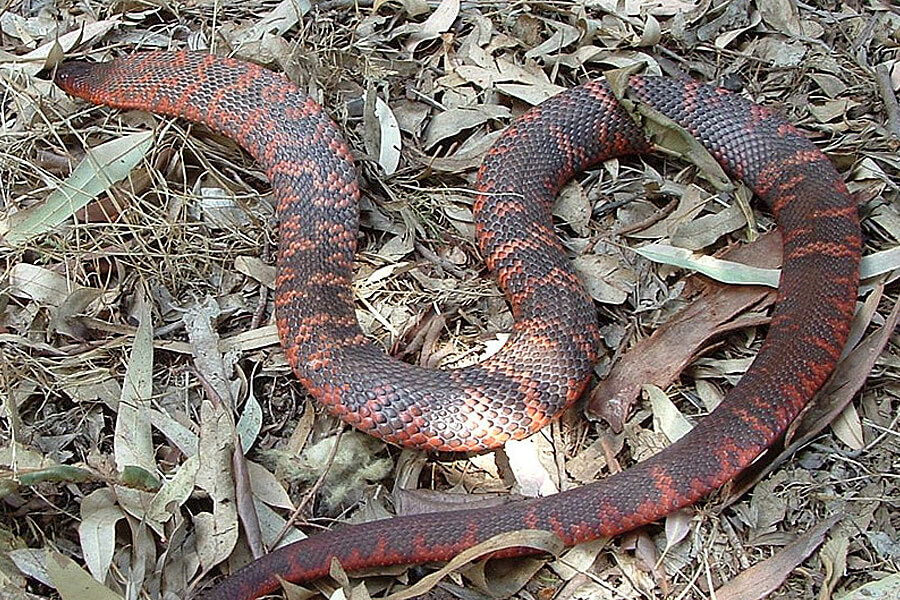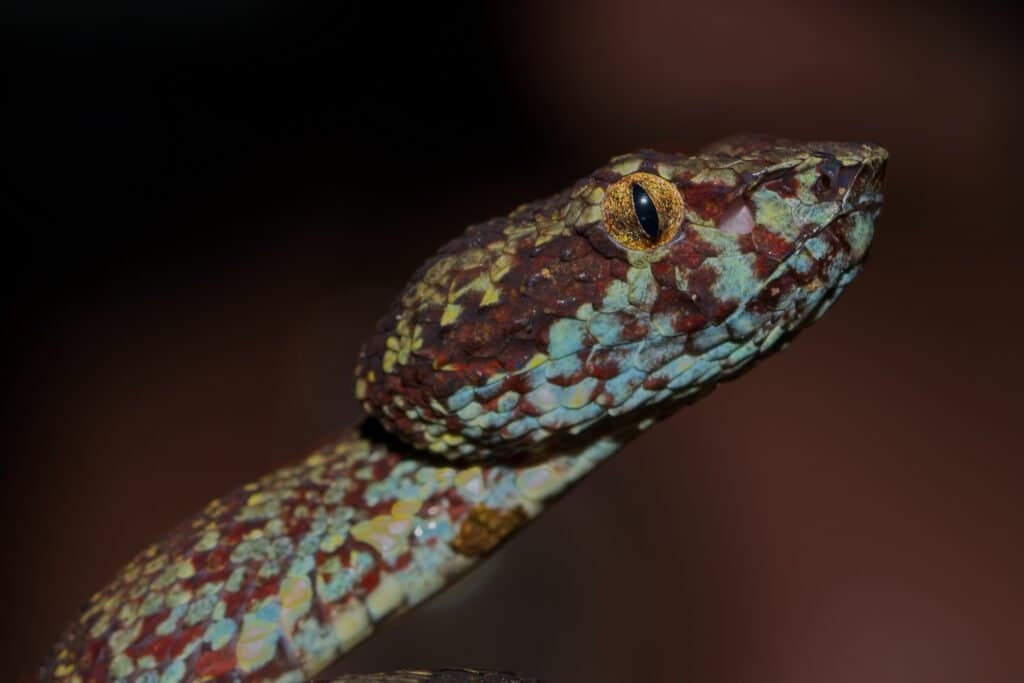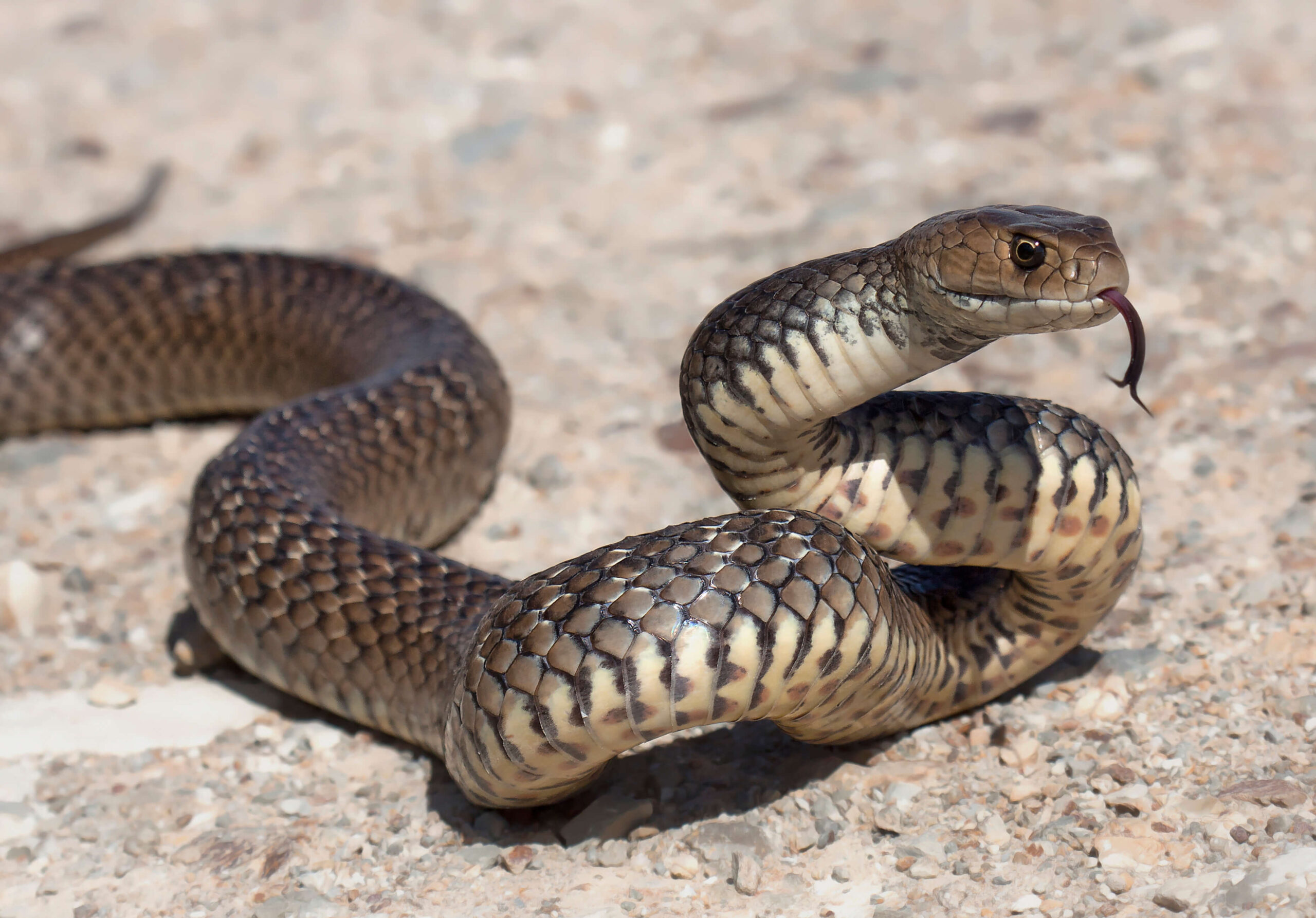Introduction
Tiger serpents (Notechis scutatus) are among the most remarkable yet feared reptiles located in Australia. With their striking appearance and powerful poison, these snakes stimulate a mix of admiration and care. Observing tiger snakes in their natural environment can be a thrilling experience for nature fanatics, wild animals professional photographers, and researchers alike. Nonetheless, it's essential to approach this venture with regard for the animal's habitat and an understanding of safety measures to prevent snake bites.
In this comprehensive guide, we'll explore how to securely observe tiger snakes in their all-natural environment. We will cover topics ranging from comprehending their habits and habitats to first aid for snake attacks-- equipping you with expertise to improve your experience while lessening threats.
What is a Tiger Snake?
Tiger serpents are highly venomous snakes belonging to Australia, especially Tasmania and seaside areas. They are recognized for their unique grouped pigmentation appearing like a tiger's red stripes, which can range from yellowish-brown to dark brown or perhaps black.
Physical Characteristics
Tiger snakes are medium to large-sized snakes that can mature to 2 meters long. Their bodies are robust, and they have a wide head that is clearly larger than their necks.
Habitat Preferences of Tiger Snakes
These reptiles commonly inhabit marshes, estuaries, and seaside areas yet can additionally be found near freshwater resources like rivers and lakes. Understanding where these snakes live is essential for anyone looking to observe them safely.


Understanding Tiger Snake Behavior
Are Tiger Snakes Venomous?
Yes, tiger serpents are amongst the most venomous serpent types around the world. Their poison has neurotoxins that can lead to severe clinical issues if bitten.
Behavioral Traits
Tiger snakes are generally reluctant animals; they choose to stay clear of human communication. However, they can become aggressive if endangered or collared.
Where Can You Discover Tiger Snakes?
Tiger Serpent Environment Exploration
To securely observe tiger serpents in are hoop snakes real their all-natural environment, it's vital first to determine where they flourish. They often tend to favor:
- Coastal marshlands Mangroves Swamps Riverbanks
Best Places for Observation
Some recommended locations consist of:
- Tasmanian wetlands The coasts of southerly Australia National parks with water bodies
Safety Safety measures Prior to Observing Tiger Snakes
Understanding the Dangers of a Tiger Snake Bite
Although encounters with tiger snakes can be awesome, knowing the dangers included is paramount:
Recognize symptoms of a serpent bite: swelling at the site, discomfort radiating from the bite area. Know emergency calls: Familiarize yourself with local emergency services. Carry a first-aid set particularly geared up for serpent bites.First Aid for Snake Bites: What You Required to Know
Knowing what actions to take if bitten can save your life or somebody else's:
- Stay tranquility; motion enhances venom spread. Call for clinical help immediately. Do not use ice or effort suctioning.
How to Securely Observe Tiger Snakes in Their Natural Habitat
When you make a decision to observe tiger snakes in the wild:
Dress Appropriately: Wear lengthy trousers and strong boots. Use Binoculars: Maintain a risk-free range while observing these reptiles. Avoid Sudden Movements: Quick motions might startle them. Stay on Developed Trails: Prevent wandering into dense underbrush where presence is low.Equipment Needed for Observation
Essential Equipment Checklist
- Binoculars First-aid set specifically made for serpent bites Field manual on Australian reptiles Camera (with zoom ability)
Snake Bite Emergency treatment Set Essentials
A well-equipped first aid set need to consist of:|Thing|Objective|| -------------------------------|-------------------------------|| Compression plaster|To immobilize the damaged area|| Antihistamines|For allergies|| Emergency situation get in touch with numbers|Quick gain access to during emergencies|
Interpreting Tiger Snake Signals
Understanding exactly how Venom circulation control tiger serpents communicate with body movement aids viewers evaluate when it's risk-free or dangerous:
Common Behaviors
Defensive pose: If coiled or increased off the ground. Retreating behavior: When they gradually back away from potential threats.Dealing With Possible Encounters
Even with safety measures taken, an experience might still take place during your monitoring journey:
Remain calm; worrying just increases risks. Slowly retreat without turning your back on the snake. Make your visibility recognized verbally however stay clear of sudden movements.Frequently Asked Questions Regarding Tiger Snakes
1. What should I do if I see a tiger snake?
Remain calmness; observe from a range without troubling it.
2. Are infant tiger snakes dangerous?
Yes, adolescent tiger snakes are born venomous and may posture threats similar to adults despite being smaller.
3. How common are tiger snake bites?
While cases happen annually in Australia, casualties are unusual as a result of punctual therapy availability.
4. Can I keep a tiger snake as a pet?
Keeping wild tiger snakes as pets is prohibited in lots of regions as a result of preservation laws.
5. What does a tiger snake bite look like?
Bite marks commonly show 2 puncture injuries along with local swelling and discoloration.
6. Exactly how effective is antivenom?
Antivenom therapy is extremely efficient when carried out prompt after a bite.
Conclusion
Observing tiger snakes in their all-natural environment offers an exhilarating opportunity for wildlife fans but have to be come close blue-bellied black snake to with care and respect for both the creature and its environment. By equipping yourself with expertise about these interesting reptiles-- including comprehending their habits and safety measures-- you can appreciate unforgettable experiences while considerably lowering dangers associated with encounters.

In summary, constantly prioritize safety and security by preparing appropriately prior to starting any type of wildlife observation exploration-- specifically when taking care of a few of nature's most poisonous creatures like the tiger snake!